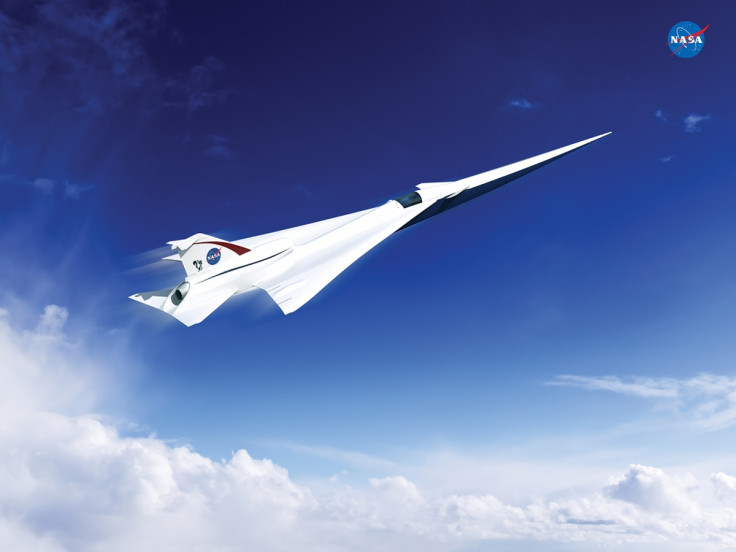Nasa and Lockheed Martin begin work on quieter supersonic passenger jet

Lockheed Martin has won a contract to build the initial design of a quieter supersonic passenger jet, breathing new life into the aerospace industry since the retirement of the Concorde. The $20m (£14.3m) deal was awarded under Nasa's reinvigorated "X-planes" programme.
Instead of the thundering sonic clap that is usually associated with supersonic aircraft as they break the sound barrier, the so-called Quiet Supersonic Technology (Quesst) would create a supersonic "heartbeat", a soft thump. The venture is part of Nasa's New Aviation Horizons initiative, which has been unveiled in the agency's 2017 fiscal year budget.
At the official announcement at Ronald Reagan Washington National Airport in Arlington, Virginia, Nasa administrator Charles Bolden said: "The company will develop baseline aircraft requirements and a preliminary aircraft design, with specifications, and provide supporting documentation for concept formulation and planning."
"This documentation would be used to prepare for the detailed design, building and testing of the Quesst jet. Performance of this preliminary design also must undergo analytical and wind tunnel validation."
Bolden pointed out that the first pilot to cross the sound barrier flew the flight 70 years ago and the latest design would hopefully uphold the legacy.
The $20m funding will be handed out to Lockheed over the next 17 months, depending on the progress of the venture. A prototype is expected to make a test flight by 2020. Lockheed Martin said it had been working with Nasa for more than a decade on the technology to reduce the sonic boom.
"We're confident that our low boom flight demonstration technology solution meets mission requirements," said Rob Weiss, executive vice president of Lockheed Martin's Skunk Works — the arm which works on experimental projects. Lockheed's team includes subcontractors GE Aviation and Tri Models.
© Copyright IBTimes 2025. All rights reserved.






















